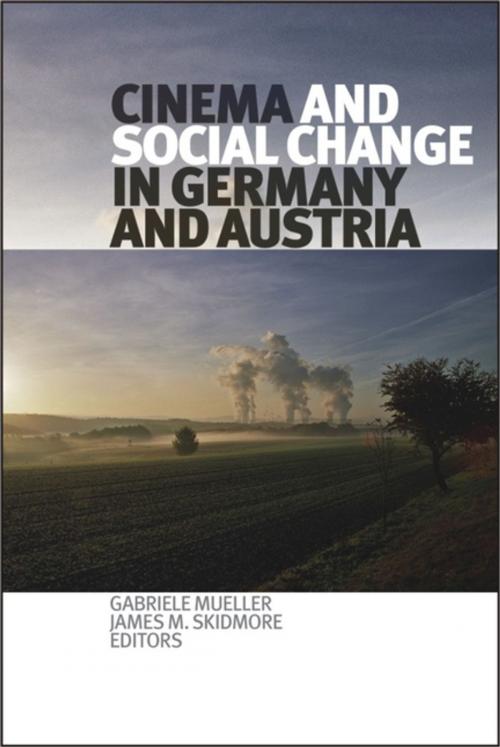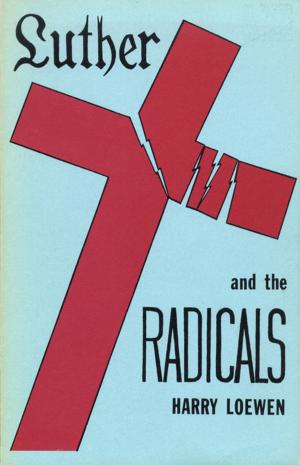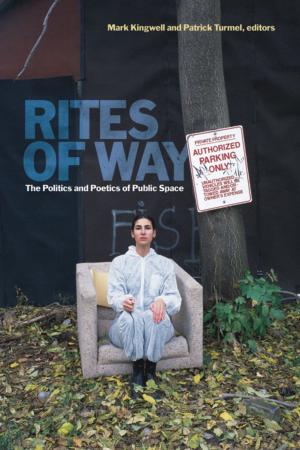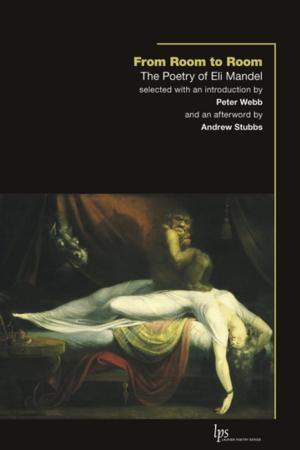Cinema and Social Change in Germany and Austria
Nonfiction, Entertainment, Film, History & Criticism, Performing Arts, Social & Cultural Studies, Social Science, Cultural Studies, Popular Culture| Author: | ISBN: | 9781554581382 | |
| Publisher: | Wilfrid Laurier University Press | Publication: | August 30, 2012 |
| Imprint: | Wilfrid Laurier University Press | Language: | English |
| Author: | |
| ISBN: | 9781554581382 |
| Publisher: | Wilfrid Laurier University Press |
| Publication: | August 30, 2012 |
| Imprint: | Wilfrid Laurier University Press |
| Language: | English |
11
German Fascination for Jews in Oliver Hirschbiegel’s Ein ganz gewöhnlicher Jude
Myriam Léger
This chapter discusses Oliver Hirschbiegel’s film as the site both of an imagined contemporary struggle for German-Jewish identity and the construction of the spectator’s problematic involvement in it. As the Jewish protagonist unravels the powerful discourse of postwar German–Jewish relations in which he feels trapped, the chamber-drama style of the film as well as its cinematography mark the spectator as a fascinated and implicitly German observer, who gazes at the protagonist’s intimate engagement with his troubled self-image. This film comments on the existing cultural alienation between Germans and Jews that continues to shape this discourse, and perpetuates a German fascination for “things Jewish.”
11
German Fascination for Jews in Oliver Hirschbiegel’s Ein ganz gewöhnlicher Jude
Myriam Léger
This chapter discusses Oliver Hirschbiegel’s film as the site both of an imagined contemporary struggle for German-Jewish identity and the construction of the spectator’s problematic involvement in it. As the Jewish protagonist unravels the powerful discourse of postwar German–Jewish relations in which he feels trapped, the chamber-drama style of the film as well as its cinematography mark the spectator as a fascinated and implicitly German observer, who gazes at the protagonist’s intimate engagement with his troubled self-image. This film comments on the existing cultural alienation between Germans and Jews that continues to shape this discourse, and perpetuates a German fascination for “things Jewish.”















